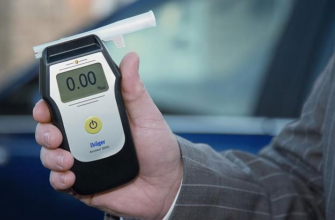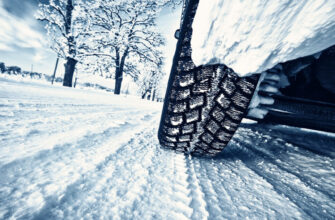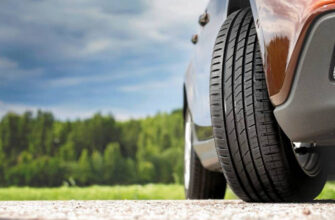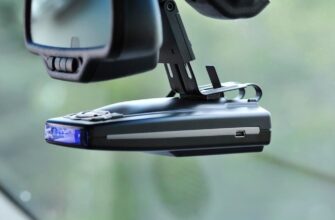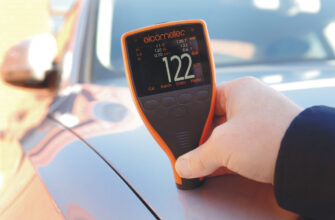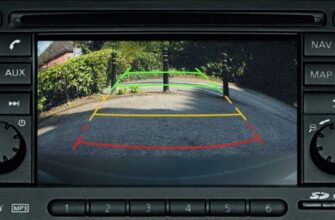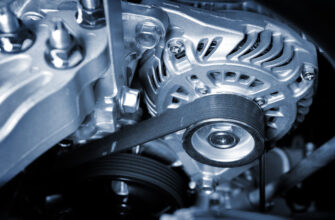Buying a used car is a sensible decision, allowing you to get a complete version for little money. Such a purchase has a lot of advantages: rich equipment, confirmed condition, as well as amenities such as paid insurance and all sorts of improvements. However, such a purchase is a 'pig in a poke', and in order not to get a problematic option at your disposal, the choice should be approached with all responsibility.

- Top car manufacturers. Which to choose?
- Car classes
- Class A cars
- disadvantages
- Class B cars
- disadvantages
- Class C
- disadvantages
- D-class
- disadvantages
- E-class
- disadvantages
- The main criteria for choosing a used car
- Car mileage
- Vehicle release date
- Condition of car body and paintwork
- Running gear and suspension condition
- Gearbox operation
- Engine and its functioning
- Car interior condition
- Electrical and electronics
- type of drive
Top car manufacturers. Which to choose?
The advantage of buying a used car is the ability to choose a high-quality high-end model for the same money that is asked for a new 'state employee'. Unsurprisingly, when faced with a similar situation, buyers look towards premium car brands:
-
BMW;
-
Lexus;
-
Mercedes Benz;
-
Audi;
-
Acura;
-
Infiniti;
-
Honda;
Before choosing a specific car model, it is useful to study user reviews and identify problem areas of the car. Their condition should be paid attention first of all. The easiest way to get acquainted with information of this kind is on thematic forums on the Internet, as well as on social networks in groups dedicated to a specific car brand.
Car classes
All modern cars are divided into types depending on the size of the wheelbase, weight, engine displacement and other performance characteristics.
Class A cars
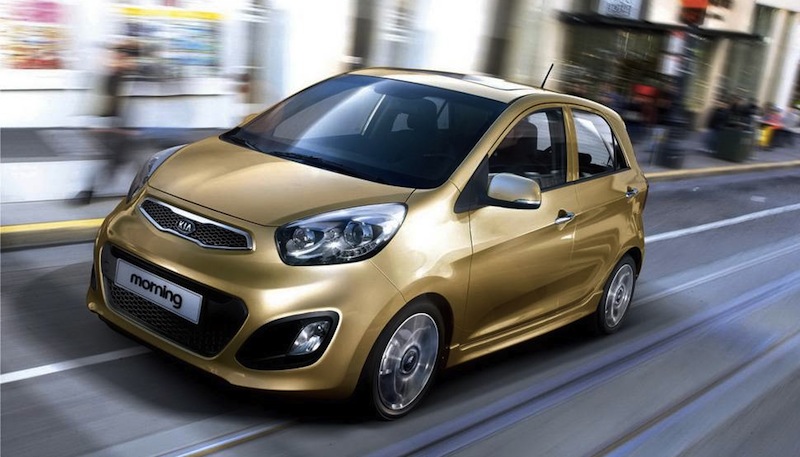
Compact cars designed for urban use. The body has a short wheelbase with minimal overhangs, which allows you to park in tight spaces and side streets, as well as turn around and perform maneuvers in tight spaces.
Advantages
-
Miniature sizes;
-
Small taxes and insurance;
-
Maneuverability and agility due to low weight;
-
Small turning radius;
disadvantages
-
Low-power motors;
-
At speeds over 130 km / h, you don't feel comfortable;
-
Poor permeability;
-
Tiny trunk;
Class B cars

Larger cars designed for everyday use and short trips out of town. The wheelbase of such cars does not exceed 3000 mm, and the engines installed on most models cannot be called powerful. They are in demand, mainly among those who pick up the first car in their life.
Advantages
-
Compact wheelbase;
-
Economical;
-
Available in hatchback, sedan and station wagon classes;
-
Maneuverable and compact;
-
Small overhangs on the bumpers;
disadvantages
-
Miniature dimensions of the cabin;
-
Front-wheel drive in the bulk;
-
Mediocre cross-country ability;
-
Small ground clearance;
-
Are unable to develop significant speed;
Class C
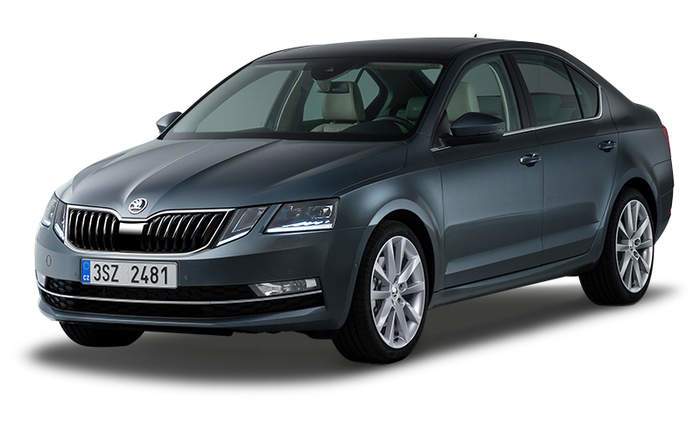
The most popular class in our country. They are already quite roomy, but their dimensions still do not create trouble for the owner. They are suitable for everyday use due to low fuel consumption, affordable price tag and acceptable dynamics. Available in hatchback, sedan, station wagon and coupe classes.
Advantages
-
Spacious salon;
-
Inexpensive maintenance;
-
Low fuel consumption;
-
Ground clearance 15-17 centimeters;
-
Roomy trunk;
disadvantages
-
The turning radius is greater than that of a B class car;
-
Mediocre dynamics;
D-class
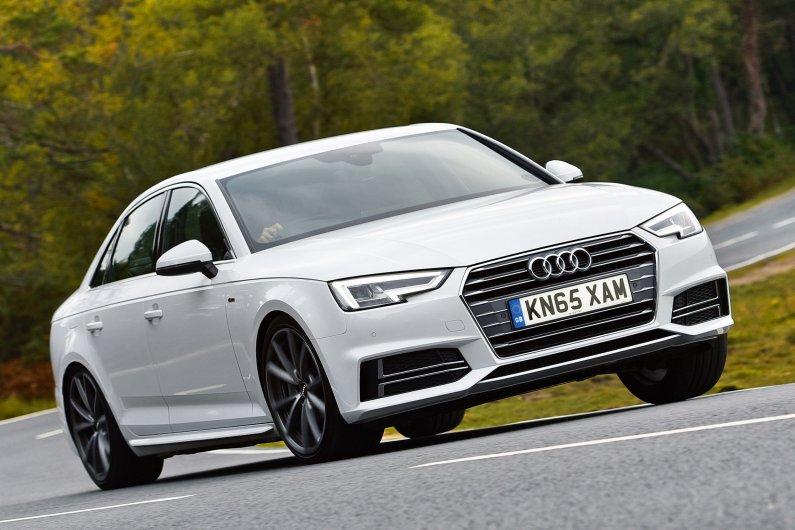
A full-size middle class car, characterized by large body dimensions (up to 4.5-4.7 meters), various types of drive and powerful motors (the volume can reach 3-4 liters). Spacious interior, roomy trunk. They are maneuverable and capable of accelerating well, without feeling uncomfortable in the stream.
Advantages
-
Roominess;
-
Good dynamics;
-
High-thrust engines;
-
5 full-fledged seats in the cabin;
-
Spacious trunk;
disadvantages
-
Expensive renovation;
-
High fuel consumption;
-
Large turning radius;
E-class
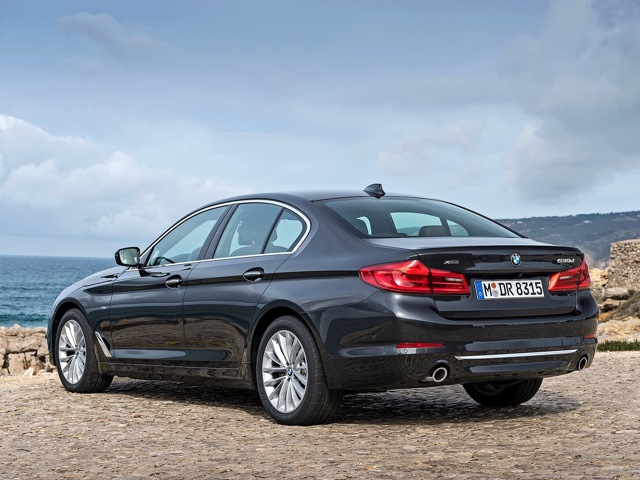
Cars belonging to the executive class. The length reaches 5-5.2 meters. Equipped with all-wheel drive systems, as well as a large number of various assistants to help ensure directional stability. High-quality interior decoration, many different functions that directly affect comfort. Roomy trunk and spacious interior.
Advantages
-
Roominess;
-
Extensive functionality;
-
A wide variety of models and trim levels;
-
Enduring motors;
-
Workmanship;
disadvantages
-
A lot of systems that can fail with use;
-
Substantial amounts of transport tax;
-
Good options cost money;
-
Consume a lot of fuel;
-
Maintenance roads;
The main criteria for choosing a used car

Having decided on the brand and class of a particular car, it is necessary to study the condition of the main components and assemblies, which can become potential sources of problems and, as a result, financial investments. You should also pay attention to the nuances, which are indirect signs of the implementation of repair work and a consequence of the fact that the car has been in an accident.
Car mileage
Figures reflecting the number of kilometers traveled by a car in its entire 'life'. Without confirmation, the history can be absolutely any – now it is not difficult to rewind the car odometer. The average figures are as follows: 15-20 thousand kilometers of annual mileage are “wound” by Russians and 30-40 thousand – by Europeans. By multiplying this figure by age, you can roughly calculate the car's mileage. The figures will be averaged, but close enough to reality. You should not be afraid of cars with a mileage of 200-250 thousand kilometers – with timely maintenance and the use of high-quality parts and technical fluids, the car is quite capable of 'running back' the same amount. Of course, only if the mileage is real.
Vehicle release date
The age of a car is a psychological figure rather than one that has any practical application, for often older cars work better than their younger 'brothers'.
Pay attention to the presence of the so-called 'restyling' – global updates to the model line, elimination of identified shortcomings and modernization of the appearance.
We should not forget about the difference in generations. Very often, the age of cars can differ by 1 year, and the difference in price can reach 50-70%. This is due to the fact that a younger car belongs to a newer model line and is relevant at the moment.
Condition of car body and paintwork
Body condition is a determining criterion when buying a used car. In order to determine the thickness of the paintwork and detect hidden repairs, you should use a thickness gauge. This is a special device that allows you to determine the thickness of the layer of paint, varnish and other polymer materials separating the sensor and the metal surface of the body. Read more in the article – recommendations for choosing a thickness gauge.
-
The value of not more than 150-180 microns indicates the factory color of the car;
-
A layer of 300-400 microns indicates that the car has been repainted;
-
A layer of more than 500 microns indicates that there is putty under the paint of the car, indicating an accident in which he visited;
Evidence that the car was in an accident can also be the gaps between the body panels of the car. In the factory state, they all have the same width and are completely symmetrical to each other. If their width is different, and it is not possible to dock the wings, bumper and other elements into one whole, conclusions can be drawn about the displacement of the load-bearing elements of the frame structure. You should refuse to buy such a car.
Running gear and suspension condition
In most cases, the chassis and suspension are 'consumables' that require regular replacement, regardless of whether a new car is purchased or a 'used' one. In order to diagnose the suspension, it is necessary to lift the machine on a lift or carry out a dynamic test on a special stand. Pay attention to silent blocks, ball bearings, the condition of the levers and rods, as well as springs and shock absorbers.
Gearbox operation
-
The manual transmission must have a rigid entry and a clear engagement of gears. The clutch should be engaged in the middle of the pedal stroke or at its very beginning, when changing gears, all sorts of extraneous sounds, crunching and clicks should be absent. The presence of vibrations, crunches and clicks may indicate severe wear of the flywheel, 'seizing' at the very end indicates that the clutch kit will require an early replacement;
-
An automatic transmission should change gears smoothly, without jerks and delays, regardless of whether the car is warmed up or not. Sharp shocks and blows indicate a failure of the automatic transmission executive unit, a change in speed by 100-150 with a uniform gas pedal is a sign of an imminent failure of the torque converter;
Engine and its functioning
Cold start of the engine should be carried out clearly and accurately, the rpm after the start should not 'float', extraneous sounds, whistling, clatter and knocking are absent. It is the cold start that very often indicates the condition of the engine;
-
While driving, the revolutions should change in parallel with pressing the accelerator pedal, there should be no dips and independent increase;
-
The dynamics of the car should be uniform, free from dips and power surges;
-
There must be no smoke when the engine is running (except for diesel engines, for which the presence of a small amount of black smoke is a feature of operation). The presence of gray smoke indicates that the engine is consuming oil, white smoke indicates a malfunction of the cooling system and antifreeze leakage;
-
The level of technical fluids should be at the same mark and not change regardless of driving style. An oil consumption of 500 ml or more per thousand kilometers may indicate that the engine will require serious repairs in the near future. An indirect sign of problems with oil consumption may be indicated by an oil canister in the trunk of a car, the so-called 'topping up';
-
Fuel consumption should be at the factory level plus minus 15-20% when operating in the cold season. Excessive consumption of gasoline may indicate a malfunction of the fuel equipment;
Car interior condition
-
The general condition of the interior should not cause rejection by its appearance. Door seals and technical rubber bands must be soft and fit tightly to the doors and car body;
-
Interior parts that the driver comes into contact with must be in good condition, not peeled or scratched. A worn steering wheel, a 'bald' gearshift knob, shabby buttons may indicate that the mileage in the car is far beyond 200 thousand kilometers;
-
Seating has a lot to say. Lateral support, lower knee support roller, backrest and cushion must be intact, free of serious creases, traces of use and defects;
Electrical and electronics
-
The dashboard and on-board computer should not have any additional symbols, with the exception of working ones. Check engine, oil pressure and level service lamps, and other indicators indicate a serious problem.
-
Once in the salon, you need to check all electrical equipment. Air conditioning, climate control, lighting devices, multimedia – all this equipment must work as provided by the manufacturer;
-
After the initial inspection, you must resort to using dealer equipment. It makes it possible to determine the true mileage, current and old errors, diagnose equipment and identify those faults that should soon require intervention;
type of drive
Front-wheel drive is installed on most modern cars. The engine is installed transversely and with the help of special devices – SHRUS transmits torque to the front wheels.
Rear-wheel drive involves transferring torque to the rear wheels. For this purpose, a number of additional devices are used – a cardan shaft, a gearbox. It is installed on powerful and sports cars and offers excellent performance on dry asphalt.
Four-wheel drive combines the two mechanisms described above and is capable of transmitting torque to all four wheels. A permanent all-wheel drive is allocated, in which all four wheels rotate, the torque and degree of rotation of each of them is electronically controlled, and connected – the drive wheels are by default front or rear, and when they slip, the system forcibly connects the second pair.
!
In the following articles, we will tell you how to choose the right reliable car alarm and what kind of tint is better to install on a car.
Attention! This material is the subjective opinion of the authors of the project and is not a purchase guide.


